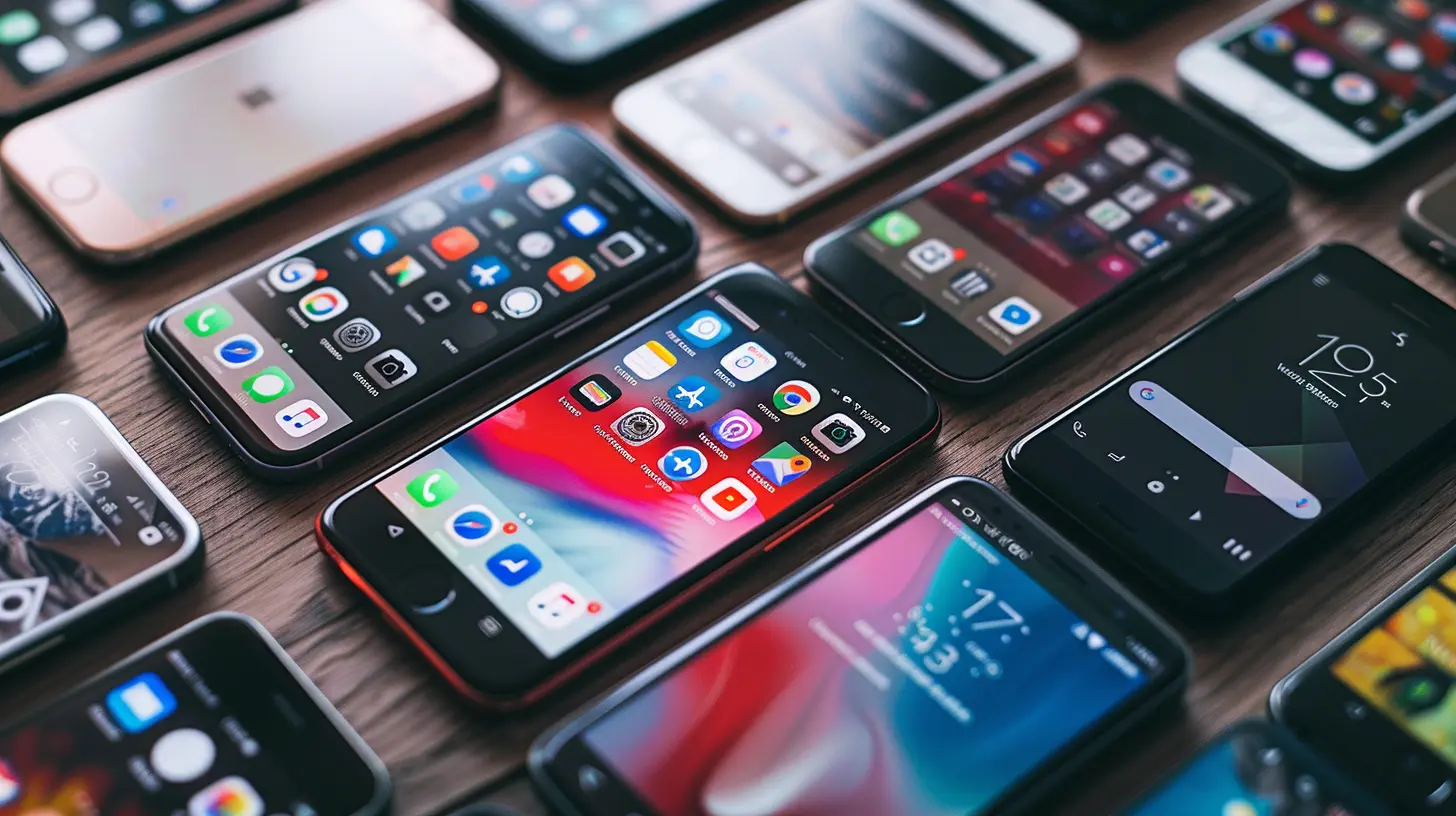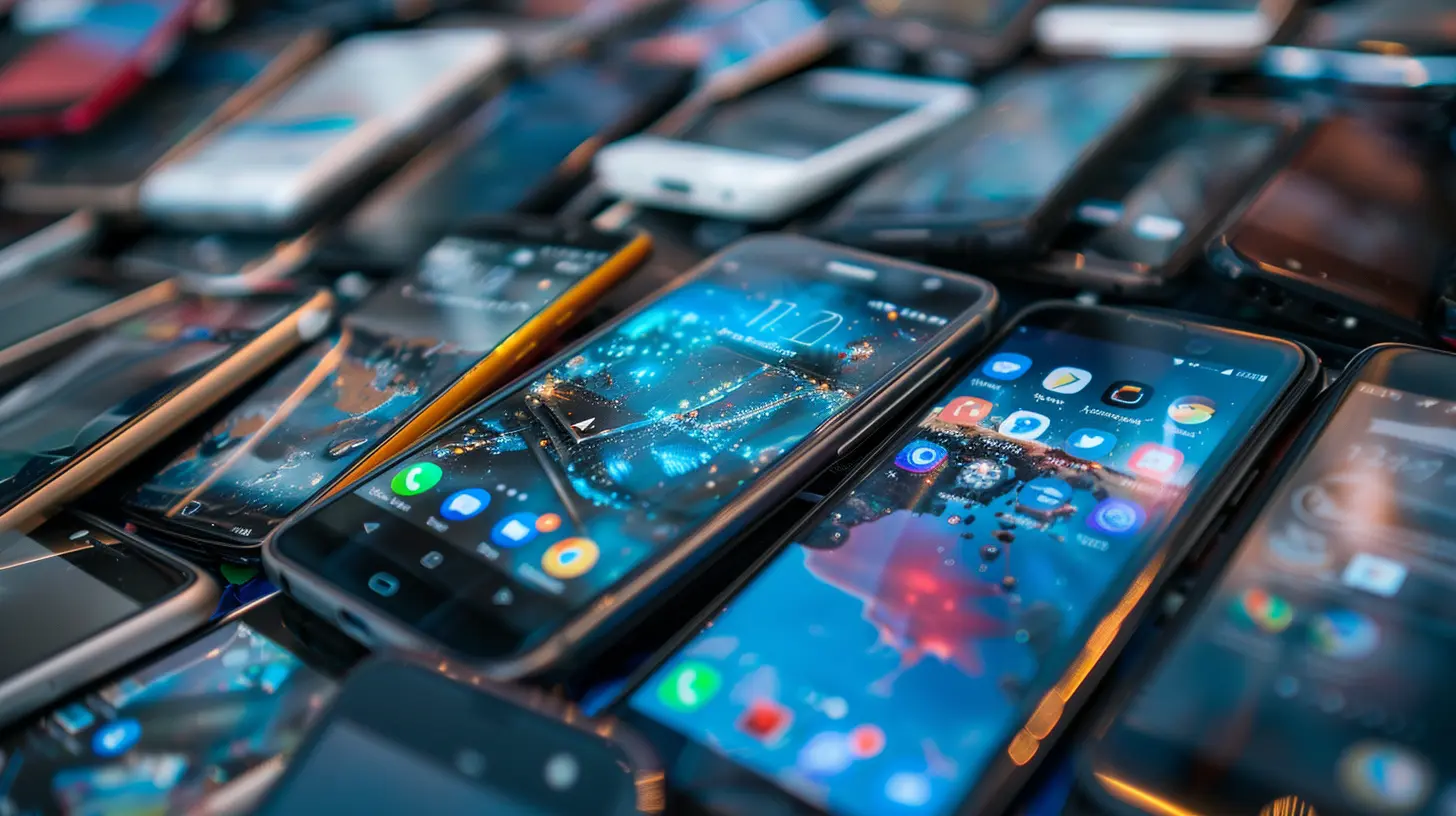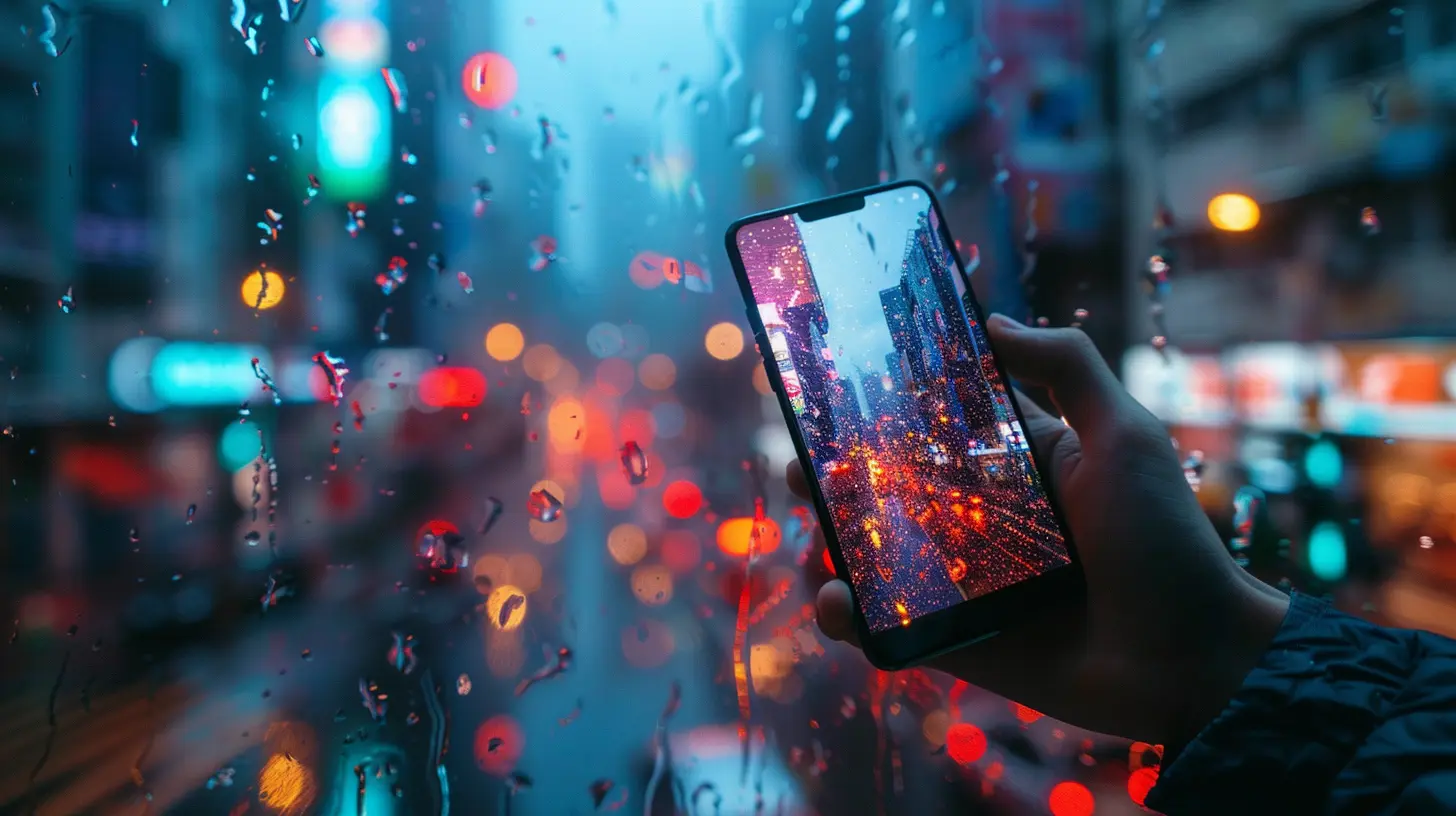Why Smartphone Size Still Matters in the Era of Large Displays
31 May 2025
The Bigger, The Better? Not So Fast!
Smartphones have gotten bigger—let’s admit it. Back in the early 2000s, the trend was all about making cell phones as tiny as possible. Remember the Nokia 8210? That thing was so small you could lose it in your pocket change. Fast forward to today, and we’re carrying around devices so large they might as well come with a backpack.
But is bigger always better? Nope. While massive screens make binge-watching Netflix and doom-scrolling through social media more enjoyable, smartphone size still matters. And I’m here to tell you why.

Pocket Fit: The Ultimate Dealbreaker
Let’s start with the most obvious issue—pocket real estate. If you’ve ever tried to shove one of these modern behemoths into your jeans, you know the struggle. Suddenly, sitting down becomes a calculated risk. Will your phone survive the bend, or will you have to explain to the Apple Genius Bar that your sleek device now has a banana shape?For those of us who still believe in the power of tight jeans, carrying around a phone the size of a small tablet is just impractical. And don’t even get me started on the people who carry their phone in their back pocket. One wrong sit and—crack!—there goes your glass sandwich.

One-Handed Use: A Thing of the Past?
Remember when you could text with one hand while balancing groceries in the other like a true multitasking champion? With today’s massive phones, one-handed use is practically a circus act. Reaching the top corner of a 6.8-inch screen is an Olympic event.Manufacturers may try to convince us that “Reachability Mode” (a.k.a., shrinking the screen down for easier access) is a solution, but let's be real. If we have to shrink the screen to use it comfortably, maybe—just maybe—the screen was too big to begin with?

The Thumb Strain Epidemic
Ah yes, the neglected thumb, forced to stretch beyond its natural limits. Thumb cramps used to be a rare phenomenon, but thanks to plus-sized smartphones, they could soon be classified as a workplace injury.Typing with one hand on a giant phone is like trying to play Twister with your fingers. Autocorrect fails? Check. Accidental likes on your ex’s three-year-old Instagram post? Double check.

The Weight Factor: Phones or Dumbbells?
Ever held an iPhone Pro Max for an extended period? After 10 minutes, it feels like you're lifting a small kettlebell. Manufacturers talk about lightweight designs, but let’s be honest—some of these phones could double as self-defense weapons.Holding up your phone for a bedtime scroll session shouldn’t come with the risk of knocking yourself out when it inevitably slips and smashes into your face. We signed up for a smartphone, not arm day at the gym!
Portability vs. Screen Real Estate: The Eternal Struggle
Now, I get it—bigger screens are fantastic for consuming content. Watching YouTube, gaming, reading eBooks—it’s all better on a larger display. But is it really worth sacrificing portability? Some of us enjoy using a phone that doesn’t force us to carry a man-purse just to store it.Remember the days of slipping your phone into a small clutch or a jacket pocket? Those days are long gone. Now, some people are straight-up carrying their phones in their hands all the time because it just won’t fit anywhere.
The Foldable Phone Dilemma
Manufacturers think they’ve cracked the code with foldable phones. “Best of both worlds,” they say. “A big screen when you need it, compact when you don’t.” In reality? You’re carrying a tiny laptop that creases in the middle.Not to mention, foldables are still more fragile than my willpower in front of a dessert buffet. Dropping one of these means an awkward interaction with your bank account.
The Battery Life Myth
One argument for bigger phones is that they allow for bigger batteries. Sounds great, right? More space = better battery life. But somehow, we’re still charging our phones twice a day. How is this possible?With larger displays comes more power consumption. That extra screen real estate doesn’t run on fairy dust. So instead of lasting three days, as promised, we’re still tethered to a charger or hunting for an outlet like a caffeine addict searching for their morning coffee.
When Smartphones Become Tablets
Let’s be real—some phones today are closer in size to an iPad Mini than to an actual smartphone. If you have to use both hands to comfortably hold your “phone,” is it still a phone? Or have we just accepted that all mobile devices are turning into tiny TVs with calling capabilities?Some people might argue, “Oh, but I rarely use my phone for calls anyway.” Great! But are we just pretending smartphones aren't still called ‘phones’ for a reason?
The Forgotten Small Phone Lovers
Let’s take a moment of silence for the dying breed—the small phone enthusiasts. Few manufacturers still cater to them, and every year, their options shrink (pun intended). The iPhone Mini? Gone. Compact Android flagships? Nearly extinct.Some of us still want a small but powerful device that doesn’t feel like we’re carrying a sheet of glass that could double as a cutting board. But alas, phone companies seem to think we all want to carry a cinema screen in our pockets.
The Conclusion: Size STILL Matters
So, does smartphone size still matter? Absolutely. While large displays have their perks, there’s no denying the downsides that come with plus-sized phones. Pocketability, one-handed use, weight, and practicality all take a hit when size goes overboard.Manufacturers keep pushing bigger screens, but maybe—just maybe—it’s time to remember that smartphones should be convenient first, and entertainment devices second.
Until the day someone invents a phone that magically adjusts to my needs like a shapeshifting wizard, I’ll continue to mourn the days when small phones were cool.
all images in this post were generated using AI tools
Category:
SmartphonesAuthor:

Reese McQuillan
Discussion
rate this article
3 comments
Raven McLoughlin
Great insights! Size and usability truly matter today!
June 15, 2025 at 4:29 AM

Reese McQuillan
Thank you! I'm glad you found the insights valuable. Size and usability definitely play a crucial role in enhancing user experience.
Declan Sawyer
Smartphone size remains crucial despite the trend towards larger displays. Compact devices enhance portability, one-handed use, and comfort, catering to diverse user preferences. Large screens might be appealing for media consumption, but practicality and convenience are key factors that shouldn’t be overlooked when choosing a device.
June 4, 2025 at 10:41 AM

Reese McQuillan
Thank you for your insightful comment! You're absolutely right—while larger displays offer benefits for media, compact devices excel in portability and ease of use, making them essential for many users.
April Harris
Smartphone size influences usability, portability, and one-handed operation. While large displays enhance media consumption, a balanced form factor ensures comfort and accessibility, highlighting that user experience remains paramount in device design.
May 31, 2025 at 4:49 AM

Reese McQuillan
Thank you for your insightful comment! You’re absolutely right—striking a balance between display size and usability is crucial for an optimal user experience.



